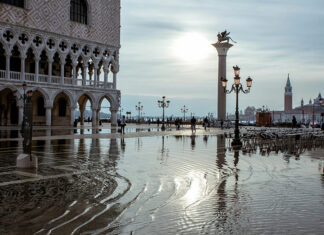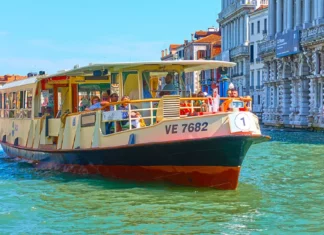The history of the Carnival is both recent and ancient. It was only during the second half of the 20th century that the Carnival of Venice became an event that attracted sponsors and television stations. However, the origins of the festival date back to the ancient past.
In Greek and Roman times, there were periods during which people were allowed to take liberties denied to them during the rest of the year. Protected by masks, poor people were allowed to make fun of the rich without being punished: the Romans used to say “semel in anno licet insanire” (once a year it is legitimate to go crazy), while according to an Italian proverb “a Carnevale ogni scherzo vale” (during Carnival any joke is legit). This reversal of the rules was an invaluable tool used by authorities to keep the people content.
Later, when Christianity took over, the festival was transformed into the last period of merrymaking prior to Lent, which is the period of repentance preceding Easter. Although dates slightly differ, the Carnival is celebrated in all Catholic countries. It has retained the original custom of wearing masks, with the addition, over time, of numerous other rituals.
The festivities were highlighted by the many symbols that marked Venice’s success as a maritime power. These symbols included the fireworks discovered by Marco Polo in China, and the many influences from the East portrayed in costumes emulating those worn by Moors, Turks and Tartars encountered during explorations around the world. The Doges used the opulence of the festivities as a symbol of their power and thus, these celebrations became even more grandiose.
Artisans adept at working leather, textiles, wood or glass used the Carnival as a proving ground to hone and demonstrate their skills: costumes and footwear, masks and stage sets became increasingly elaborate and impressive, and continue to be a triumphant part of Venice’s cultural heritage.




